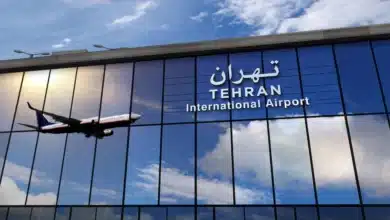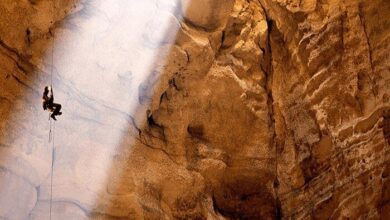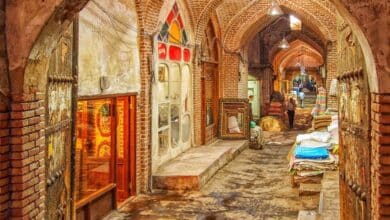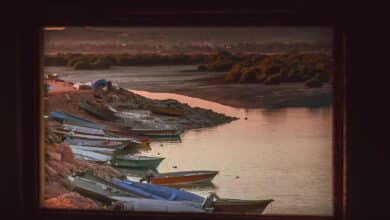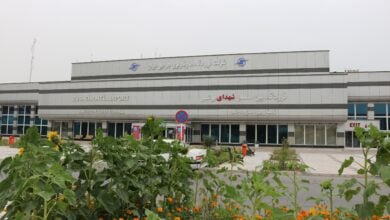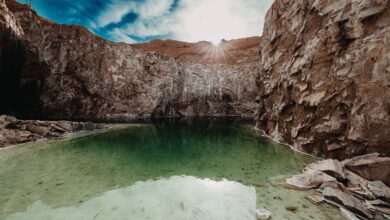Qazvin Bazaar: Where History Welcomes You with a Smile
Top Highlights of Qazvin Bazaar Unveiled
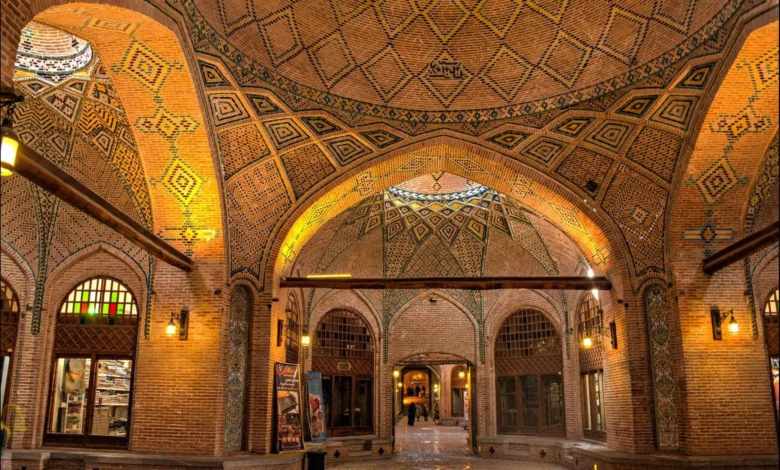
Step into Qazvin Bazaar, and you’re instantly transported to the vibrant heart of Safavid-era Iran. This historic marketplace, a cornerstone of Qazvin’s attractions, pulses with life, its arched ceilings and colorful storefronts echoing centuries of trade and culture.
Registered as a national heritage site on January 5, 1978, the bazaar’s intricate brickwork, soaring domes, and wooden orosi windows with stained glass paint a vivid picture of Persia’s past. As you wander its bustling lanes, the scent of spices and the chatter of merchants create a sensory journey through time.
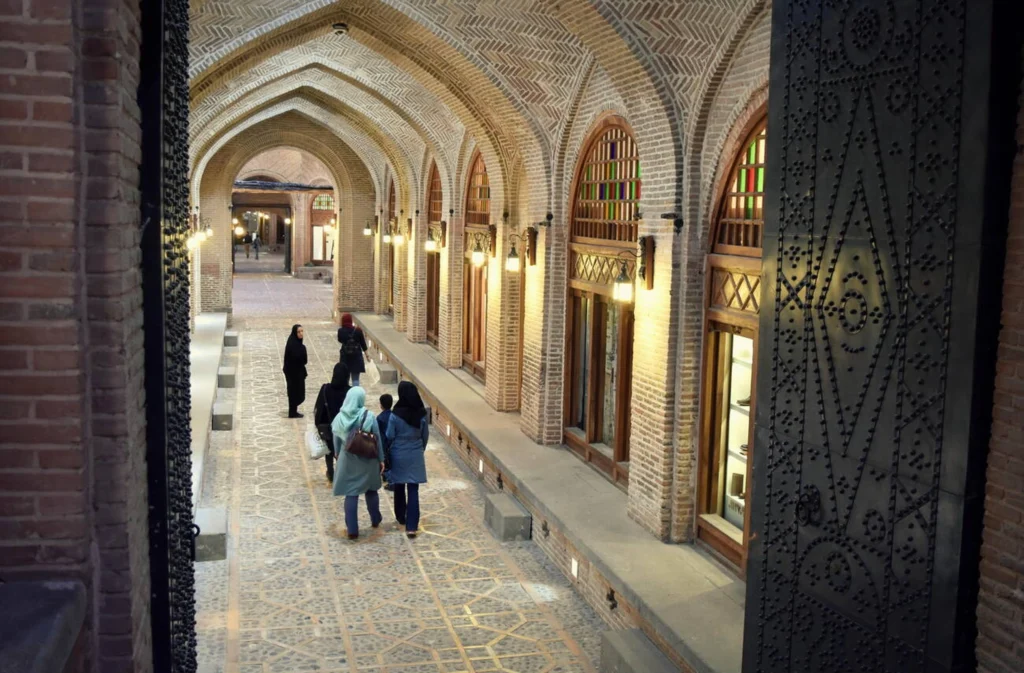
Contents
Why Qazvin Bazaar Stands Out
Qazvin Bazaar is more than a marketplace—it’s a living museum. Dating back over a millennium, it was a thriving hub during the Safavid period, when Qazvin served as Iran’s capital.
Its architecture, blending Persian artistry with functional design, influenced later markets like Isfahan’s, it remains a vibrant center of commerce and community, where locals and tourists mingle amid stalls selling everything from saffron to handwoven rugs. The bazaar’s timeless appeal lies in its ability to blend history with everyday life, offering both a cultural immersion and a delightful shopping experience.
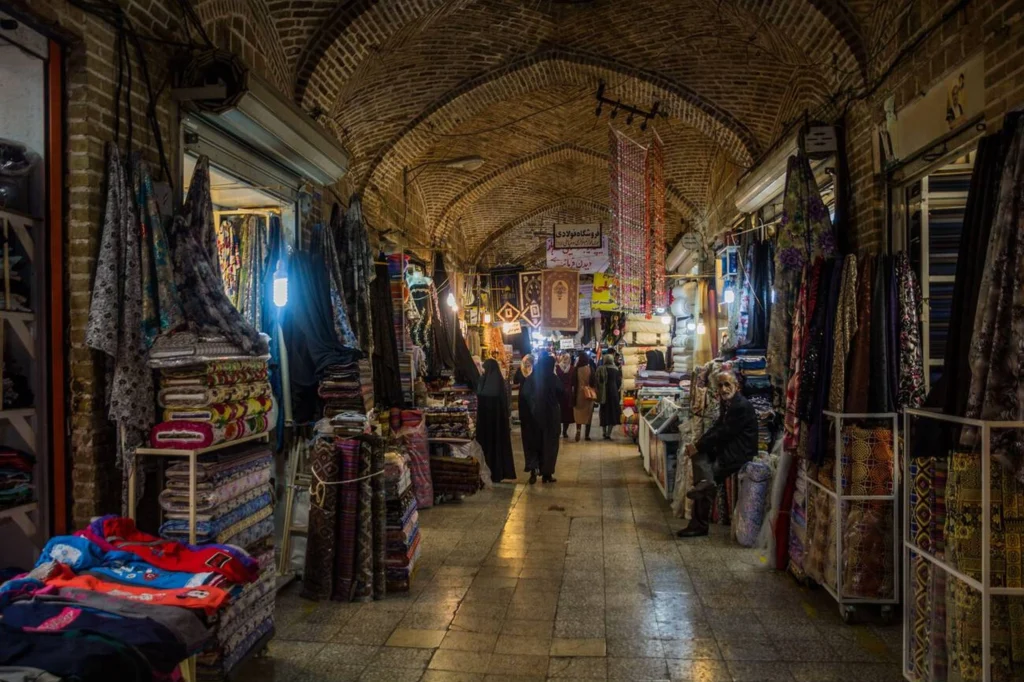
Architectural Marvel
The bazaar’s vaulted ceilings, brick mosaics, and geometric kashi-kari (tilework) showcase Persian craftsmanship. Each saray (courtyard) and timcheh (small caravanserai) tells a story of trade and artistry, making every corner a visual feast.
Cultural Hub
Beyond commerce, Qazvin Bazaar is a social crossroads. Merchants, many from families with decades in the trade, share tales of the past, while the aroma of local delicacies like Qazvin sweets fills the air, creating a warm, inviting atmosphere.
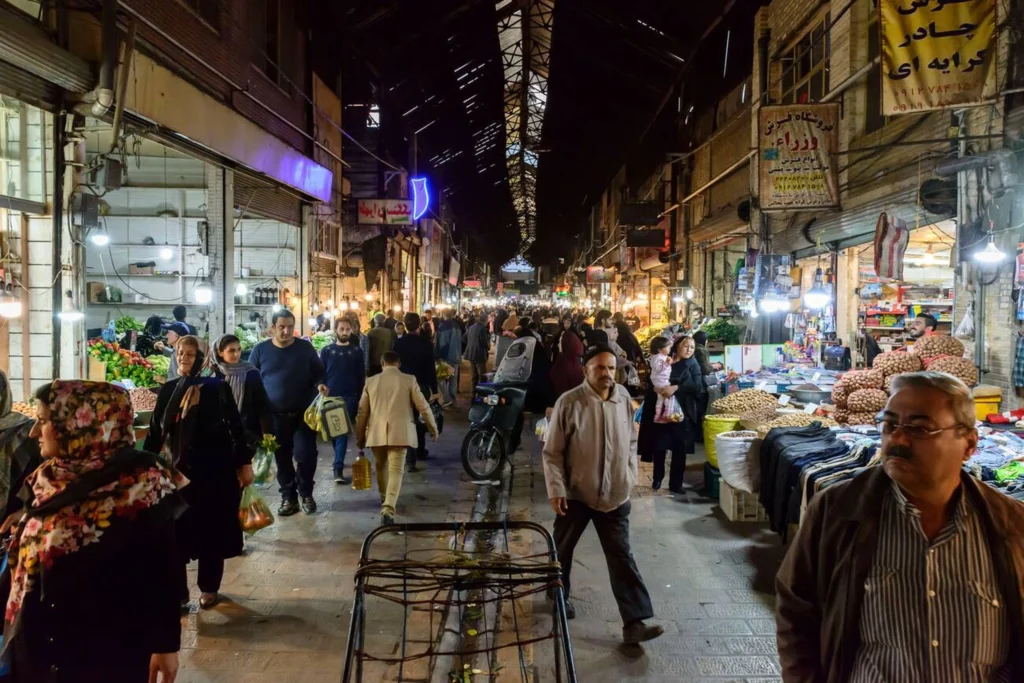
Where is Qazvin Bazaar Located?
Qazvin Bazaar sits in the heart of Qazvin’s historic district, on Imam Khomeini Street, just before Molavi Street. Its central location in this culturally rich city, known for its Safavid heritage, makes it easily accessible and a perfect starting point for exploring Qazvin’s landmarks.
How to Get to Qazvin Bazaar
Reaching Qazvin Bazaar is simple, with options for drivers and public transport users.
By Car
Drive to Sabzeh Meydan (Freedom Square) and head toward Imam Khomeini Street. The bazaar is nearby, but traffic restrictions apply due to its busy surroundings. Park at the public lot near Sabzeh Meydan and walk the short distance to the bazaar’s entrances.
By Bus
Take city bus lines 107 or 108 and alight at the Imam Khomeini Street stop, close to the bazaar. The walk from the bus stop is quick and scenic, passing historic sites.
On Foot
From Sabzeh Meydan, stroll east along Imam Khomeini Street toward the bazaar’s main entrances on Imam Khomeini, Koroush, or Molavi Streets. This route lets you soak in Qazvin’s old-town charm and nearby attractions like Sa’d al-Saltaneh Caravanserai.
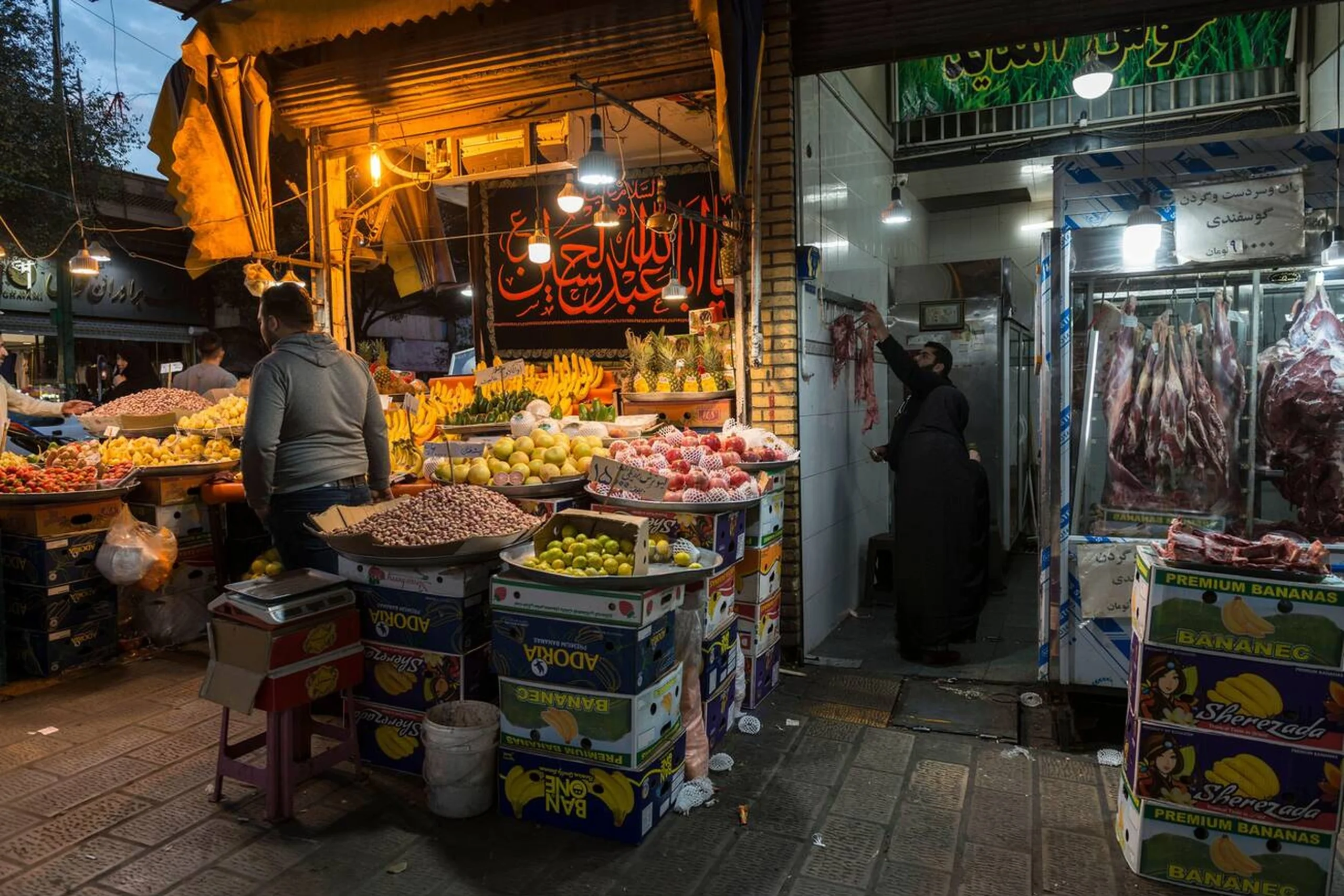
Operating Hours
Qazvin Bazaar is open daily from approximately 8 AM to 9 PM, offering ample time to explore its vibrant lanes. Hours may vary slightly depending on individual shops, but the market buzzes consistently throughout the day.
Best Time to Visit Qazvin Bazaar
Qazvin Bazaar shines at different times, depending on your vibe. For a serene experience, visit early mornings (Saturday to Wednesday), when the market is quieter, allowing you to admire the Safavid architecture—think intricate brickwork and colorful orosi windows—in peace.
Weekends (Thursday and Friday) bring a lively crowd, perfect for soaking up the market’s energetic pulse and engaging with local vendors. Spring, especially early April, is ideal for finding fresh wild herbs, their fragrance mingling with the bazaar’s spicy aromas, creating a sensory delight.
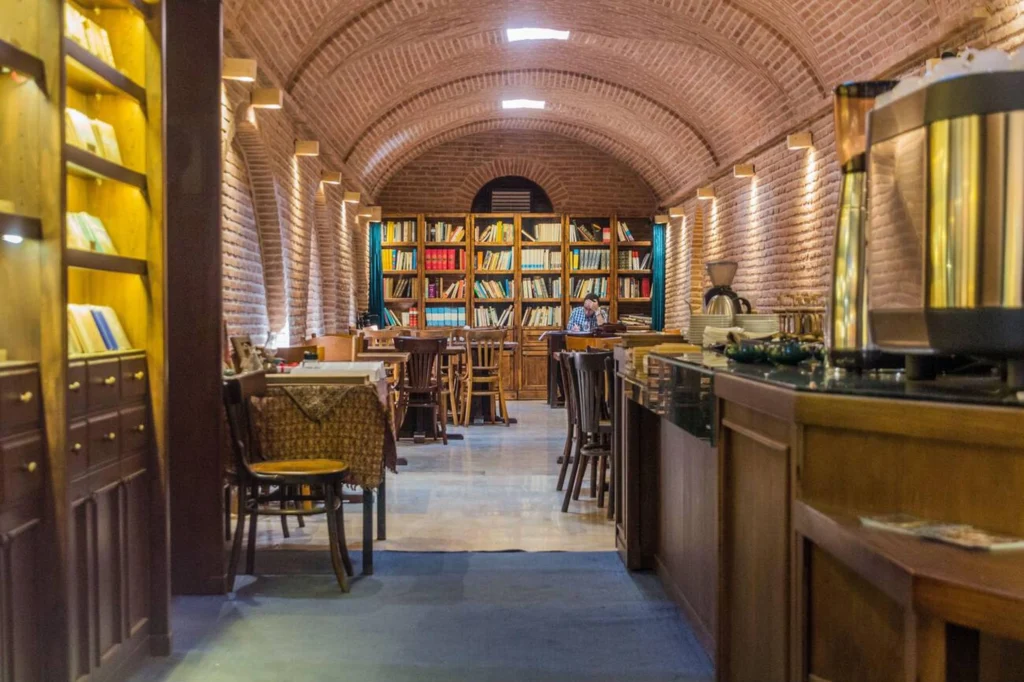
Exploring the Sections of Qazvin Bazaar
Qazvin Bazaar is a maze of sarays, timchehs, and rastes (trade rows), each with its own character and history. Here’s a look at its key areas.
Sarays of Qazvin Bazaar
- Qeysariyeh Saray: Once a hub for artisans, this lofty courtyard connects to Sarbaz Timcheh (north), Sarpushideh Timcheh (south), Vazir Saray (east), and a small chaharsuq (crossroads) (west). Its high ceilings and historic charm remain intact.
- Sa’d al-Saltaneh Saray: A Qajar-era masterpiece spanning 26,000 square meters, built under Governor Sa’d al-Saltaneh. Designed by architects Mehdi Chegini and Hassan Khanjari, it features winding corridors, brick arches, and a stunning chaharsuq with a tiled dome and lightwells. Recently restored, it links to surrounding streets and houses shops and cafés.
- Razavi Saray: A Safavid or Qajar caravanserai with a rectangular courtyard and two-story shops. Its hastii entrance, adorned with herringbone brickwork and tiles, leads to the cloth market, reflecting its past as a trade hub. Registered as a national heritage site in 2005.
- Vazir Saray: Opposite Qeysariyeh’s eastern gate, this saray boasts a tiled hastii with a 1-meter lightwell. Its four-iwan courtyard features two-story shops with genaghi arches and orosi windows, decorated with slimi motifs, hunting scenes, and winged figures.
- Haj Reza Saray: Connected to Vazir Bazaar, this saray’s wide courtyard is lined with two-story shops. Its western timcheh-style entrance, with tall arches and tilework, once hosted Tabrizi and Caucasian merchants.
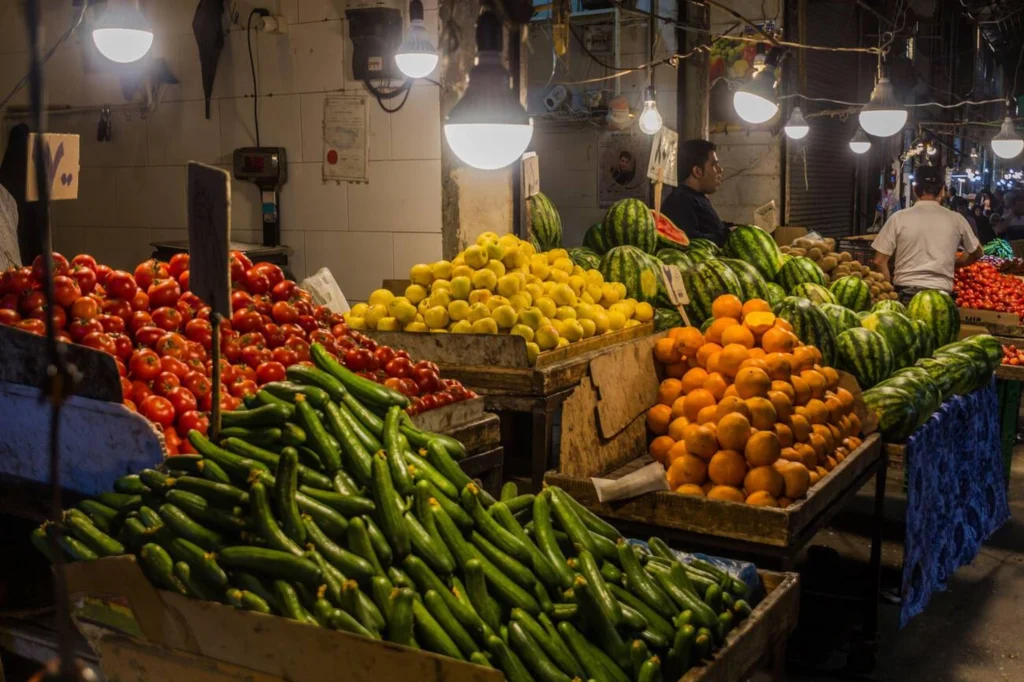
Timchehs of Qazvin Bazaar
- Sarbaz Timcheh: North of Qeysariyeh, this open-air timcheh features a curved archway with yellow and pink tiles depicting hunting scenes and slimi flora. Many shops now serve as warehouses or workshops.
- Sarpushideh Timcheh: South of Qeysariyeh, this covered timcheh housed wealthy merchants. Aging sections are supported by wooden beams, with ongoing restoration to preserve its charm.
- Haj Seyed Kazem Timcheh: A compact timcheh in the bazaar’s heart, named after a prominent leather merchant. It remains a leather goods hub.
- Razavi Timcheh: Built by Haj Seyed Abolghasem Razavi Esfahani, this timcheh is still managed by his descendants, now functioning as a timber market.
- Darvish Mehdi Timcheh: Near the grand chaharsuq and Jaludar Bath, it once sold precision hunting tools, reflecting the bazaar’s diverse trade.
- Haj Mohammad Taghi Timcheh: Founded by a notable Yazdi merchant, this timcheh in the blacksmiths’ row now operates as a freight depot.
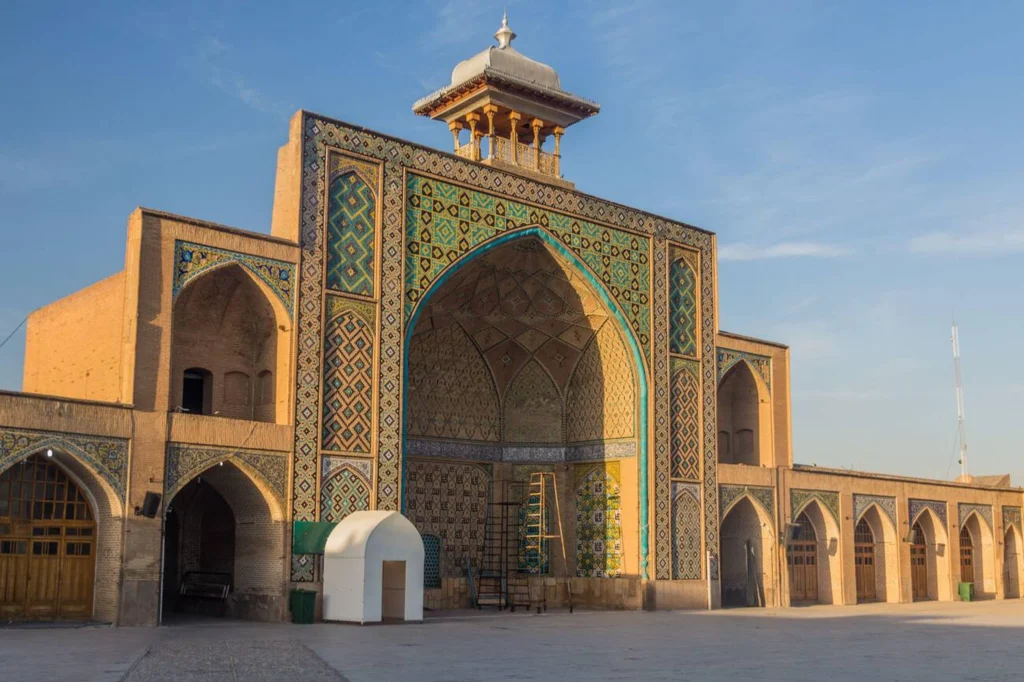
Masjed-e Nabi
Masjed-e Nabi (Prophet’s Mosque), formerly Masjed-e Shah, is a Qajar masterpiece built under Fath Ali Shah, possibly on Safavid foundations. Spanning 14,000 square meters, it was registered as a national heritage site in 1958.
Its northern entrance, adorned with minai tiles and a turquoise kufic inscription, leads to a grand iwan with a towering minaret. The 87×89-meter courtyard, centered by a large stone pool, connects to eight shabestans (prayer halls) via four iwans. The southern maqsureh houses a tiled dome and a colorful mihrab, though parts are damaged. Quranic inscriptions grace the iwans, enhancing the mosque’s spiritual ambiance.
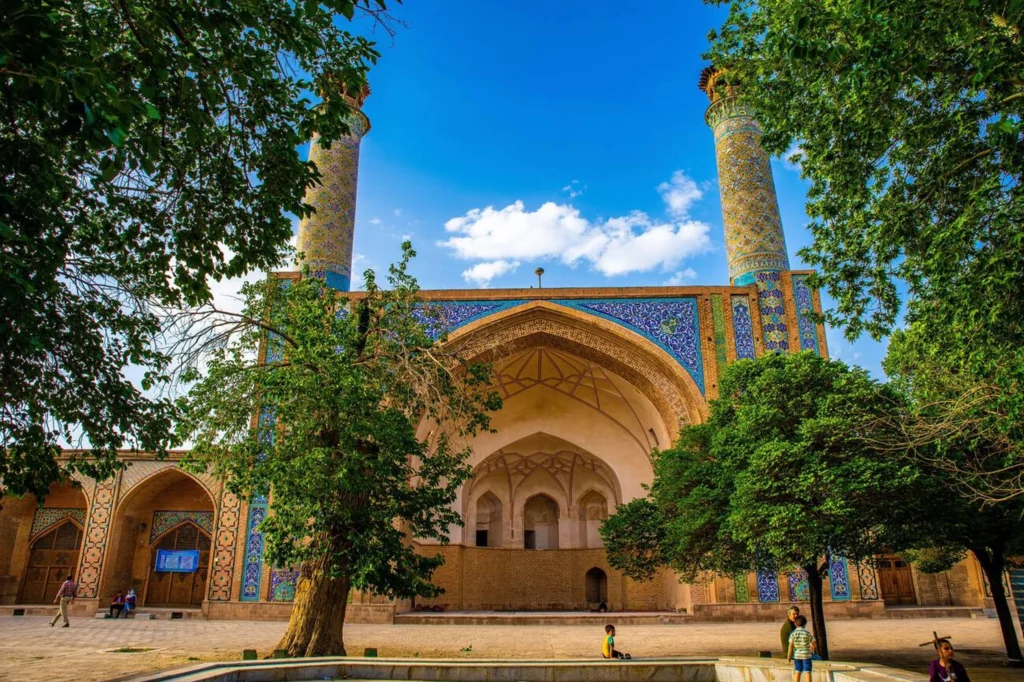
History of Qazvin Bazaar
Qazvin Bazaar traces its roots to over 1,000 years ago, flourishing during the Safavid era when Qazvin was Iran’s capital (1555–1598). Initially a modest trading hub, it expanded with the city’s urban growth, inspiring markets like Isfahan’s.
Over nine centuries, the bazaar shifted northward, distancing it from the Jameh Mosque. The Qajar period saw significant additions, including the Abbasi Caravanserai, later replaced by Masjed-e Nabi. Until World War I, its strategic location made it a global trade nexus. Despite modern changes, it remains Qazvin’s economic heartbeat.
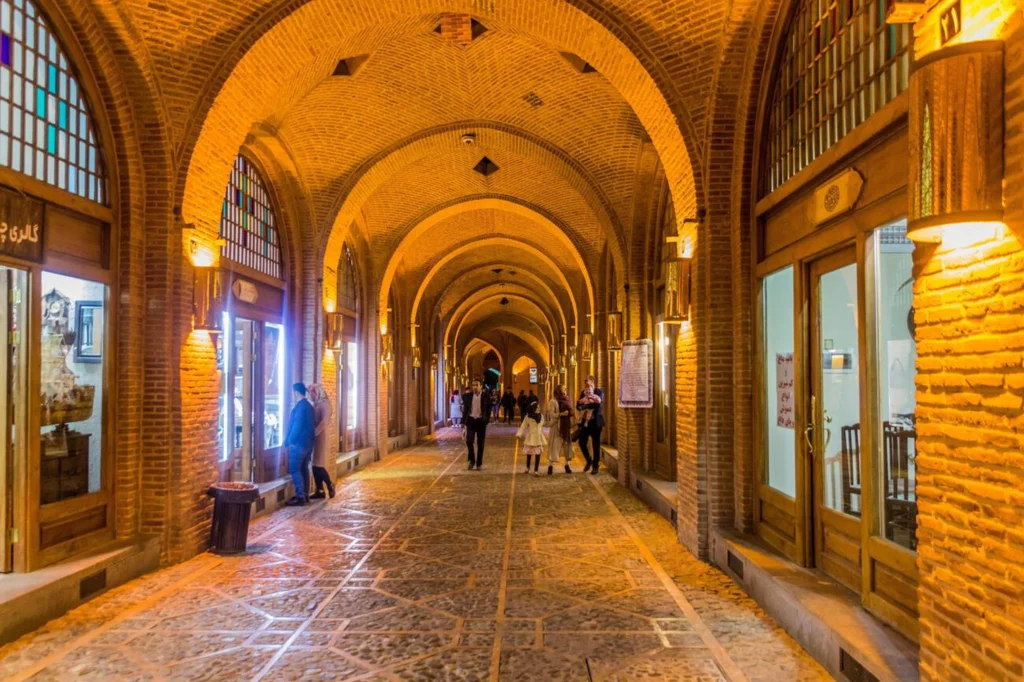
Architecture of Qazvin Bazaar
Spanning 14 hectares, Qazvin Bazaar is a marvel of Persian architecture. Its rastes are dedicated to specific trades—spices, textiles, metals—each with mosques, baths, and timchehs. The bazaar integrates commercial (sarays), religious (mosques), and service spaces (baths, water reservoirs), linked by a chessboard-like layout with architectural “joints” like chaharsuqs. Brick vaults, tiled domes, and lightwells create a cohesive, awe-inspiring structure, meticulously restored to preserve its grandeur.
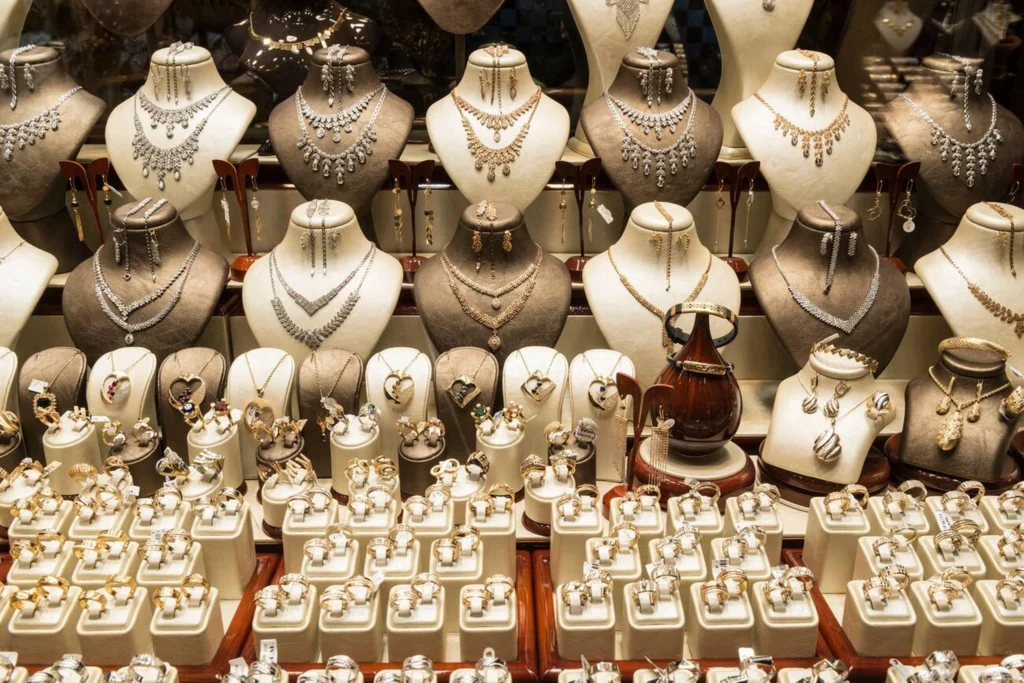
Amenities at Qazvin Bazaar
Qazvin Bazaar blends historic charm with modern conveniences:
- Parking: Public lots near Sabzeh Meydan for easy access.
- Dining: Nearby restaurants and cafés serve Qazvini specialties like pistachio sweets.
- Prayer Facilities: Masjed-e Nabi and smaller prayer rooms for worshippers.
- Rest Areas: Benches in courtyards for a quick break.
The Experience of Exploring Qazvin Bazaar
Wandering Qazvin Bazaar feels like stepping into a living history book. The scent of saffron and local herbs wafts through the air, mingling with the sweetness of Qazvin’s baklava. Colorful fabrics catch the light streaming through orosi windows, creating a kaleidoscope of hues.
The vaulted ceilings and tiled arches lend a majestic air, while veteran merchants, with warm smiles, share stories of their trade. Each rasta buzzes with life, from the clink of coins to the hum of negotiations, making every visit a sensory delight.
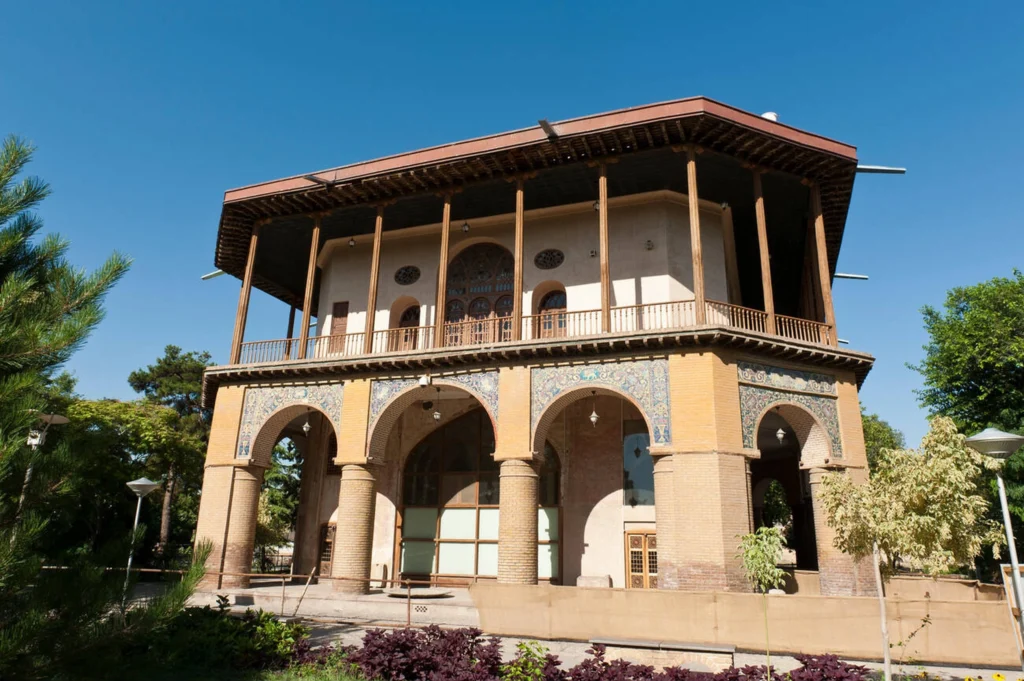
Nearby Attractions
Enhance your Qazvin travel with these nearby gems:
- Chehel Sotoun: A Safavid palace with ornate halls, just off Imam Khomeini Street near the bazaar.
- Amirkabir Cultural House: A historic home hosting art exhibitions, a short walk from Shahda Square.
- Aminiha Hosseiniyeh: A stunning Qajar religious site, 1.5 km away on Molavi Street.
Qazvin Bazaar is a timeless treasure, where history, culture, and commerce intertwine. From its Safavid arches to its bustling stalls, it invites you to experience Iran’s heritage in every step. Plan your visit today and let this vibrant market steal your heart.
